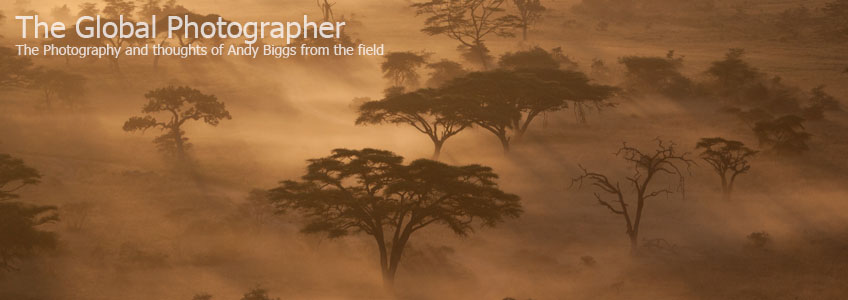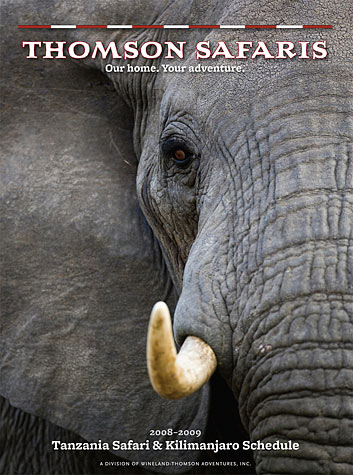Wonpro universal detachable power strips
 Tuesday, October 23, 2007 at 11:15AM
Tuesday, October 23, 2007 at 11:15AM - The system is modular: you select the number of outlets, and also the type and length of power cord. I chose a 5-outlet model and a 6.5-foot cord with a UK plug on the end. You can purchase additional power cords to suit the location you are going to. Need European? US? Just take off one cord and replace it with something else.
- The outlets are universal. You can plug anything into the power strip. UK? US? European? Japan? You bet. All on the same strip.
- The outlets are 2 inches apart. This allows you some additional room for those huge bricks that some camera chargers have.

Plus

Or

Or

Or

You get the drift. Many combinations, depending on the country you are in. And they come in different lengths, as well.
Highly recommended. If I had to purchase another one, I would go ahead and get the 6-outlet version, as there is only 2 ounces of weight difference between the 5-outlet and 6-outlet.
















